All about architectural photography
Architectural photography is the one of the best photography types in which you can make your career and become a professional architectural photographer. In this article I am going to tell you about what is architectural photography and I also give you some tips for architectural photography. By using those tips you can practice architecture photography and become perfect at this.
What Is Architectural photography?
Architectural photography is also referred to as building photography or structure photography. Normally it means photography that focuses on buildings. It can include shooting building exteriors and interiors, as well as bridges, other structures, and cityscapes.
There are many photographers who capture beautiful architectural photographs. Many of them are doing this only for passion but some photographers make a career in architectural photography by shooting for clients such as architectural firms advertising firms and magazines.
If you want to make a career in this field or you just want to enhance your photography skills. No matter what you are going to do but a good place to start is making sure that you have the right equipment.
Equipment required in architectural photography
Best Camera for Architectural photography
There is one good thing about architectural photography that your subject is not moving so if you don't have a good camera then also you can take the best architectural photograph. This means you don't need to worry about the features of the camera aimed at action or portrait photographers. That includes features like fast shutter speed, burst photoshoot face tracking autofocus system.
In Architectural photography you just required a normal DSLR or any type of interchangeable lens camera. A DSLR camera with full frame image sensor can provide high quality images for architecture photography
Best Lens for Architectural photography
In architectural photography requires a lens anywhere between a 16-35mm focal length is best for interior shoots. But for more detailed photos required a lens between 35mm to 200mm and the other most important aspect of these lenses is aperture.
Prime lenses offer more perfect shots images with the least distortion and with the help of a zoom lens you can get a close view of architectural features that will be hard to capture. Well it's best to have a variety of lenses with you in architectural photography allows you to adjust the angle of the lens independently of the camera
Tilt-shift lenses can also be used to create a miniaturization effect which can add some extra effects to your architectural photography portfolio. Wide angle lenses are also useful for structure photography. Wide Angle lenses will help me to use structure into the frame.
Tips for architectural photography
1. Research
You have to do research about architectural sites before visiting. It will help you to focus your photography on a daily event story or idea that captures the essence of the building or architectural site. Reading up on the history and context of an architectural site before visiting is an indispensable resource that will help you.
2. Shoot in different times of day
You have to try to shoot in different times of the day and in a variety of weather conditions because in different times of the day there is a different lighting so we can capture a better look of our subject and different conditions. you should have different images in different time of day and different weather conditions and you will have a variety of images of the same subject and each image is unique.
3. Give priority to good lighting
If you want to become a good photographer can you know good lightning should always be your first priority beta lightning helps them size days and structure of subject. Great architectural lighting plays a big role in shaping and understanding of what is important in this specific architectural project.
4. Unique angle
You need to take time to find a different angle which is perfect to photograph and expose Outlook form for extraction of a building details that may rise to another level of beauty and appreciation for its form.
5. Include people in your photos
If you want then you can include some people in your architectural pictures. And don't be afraid to include people in your architecture photos because architecture doesn't exist without them. Also if you include people in your photograph it will only increase the beauty of your image.
6. Explore details as much you can
Although shooting with a wide-angle lens is usually the smartest thing to do when it comes to architectural photography, buildings contain hundreds of intricate little details that are lost when an entire facade or room is shot in one frame. Exploring details up close could reveal something new about the building’s history or construction, for example.
7. Try to capture all details of building
It's hard to capture all the details of the building but it is not impossible to capture all details so you have to try to capture all the details of the buildings. It's just because Imagine the shock of visiting a building you’ve only seen photographed from that one, good angle. Objectifying a building to the point where one only visualizes it from one point of view is one of the greatest disservices of architectural photography. Making an effort to record the complete spatial context of the building is not easy, but not impossible either.
8. Post-processing image
Processing images has become quite a standard part of photography, allowing you to change your images to perfectly match that atmosphere you want to capture. While images should only be altered with a clear understanding of what kind of changes are acceptable. Software such as Photoshop and Lightroom are easy to use with a wide variety of advanced functions such as lens correction.
9. Invest in appropriate photography equipment
If you’re serious about getting started with high-quality architectural photography, investing in the right equipment is going to reap big rewards. A wide angle lens is most commonly used for photographing buildings and interior spaces and including a tripod will open up possibilities to shoot in low-light conditions, among other things. Using a polarizing filter can also help to add contrast and make your images more vivid. If you’re looking for something on the next level, a drone with a quality camera installed could be an exciting way to go.
10. Visit this site multiple time
Returning to the same place again and again will reveal new layers to the architecture that can be used to communicate the development, or perhaps the degeneration, of a building over time. Seeing a perfect photograph of a newly constructed building is of course beautiful and fascinating, but why not follow the architecture beyond that perfect first shot? Perhaps the real interesting aspects of the building are only exposed over time.
If you like this information then please share this and comment if you want to know something else about it.


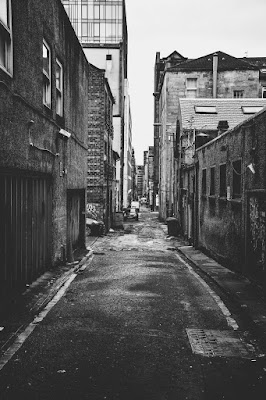
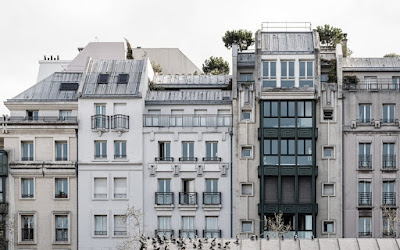
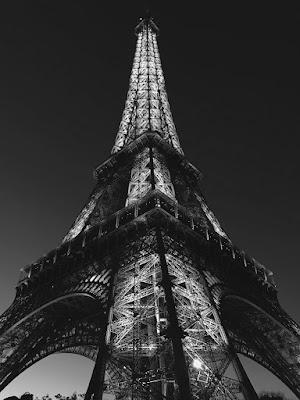
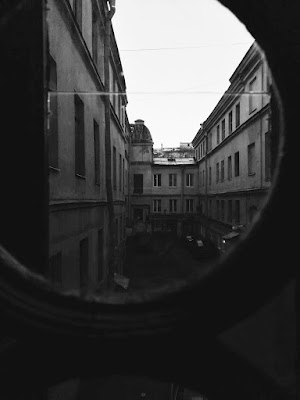
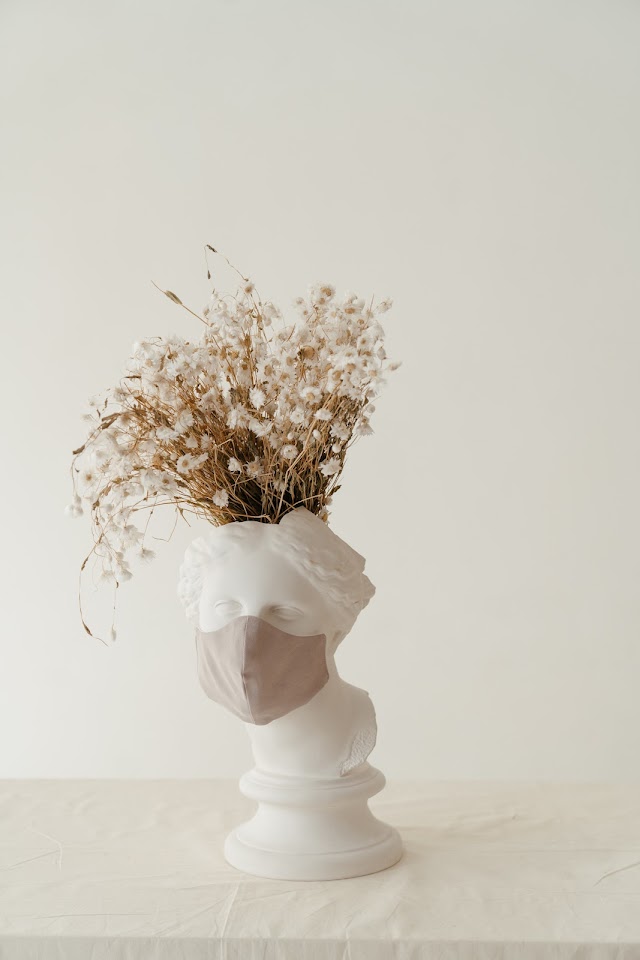




0 Comments